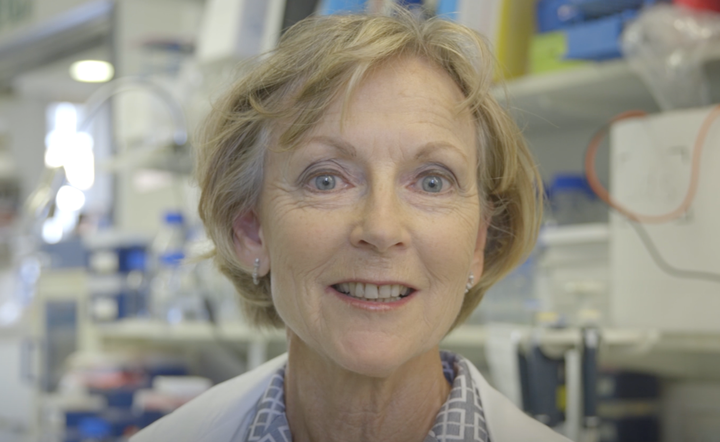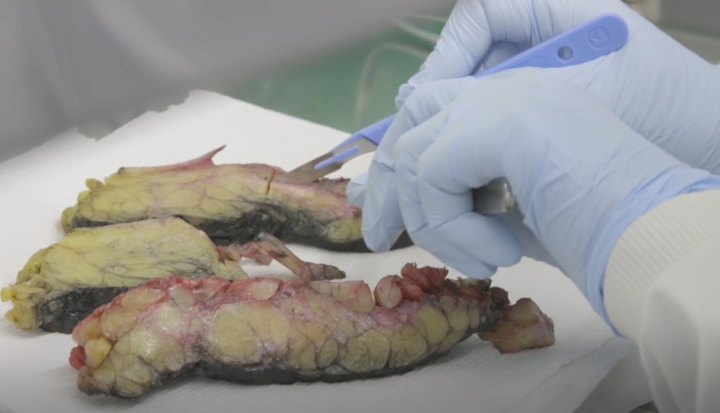“I was petrified at the time of my surgery and the immediate priority was to get my cancer out of my body,” Sue Stannard tells The Huffington Post UK.
In 2011, she was diagnosed with an aggressive form of breast cancer.
Following her surgery, she became one of the first people to donate breast tissue to the Breast Cancer Now Tissue Bank, which is Britain’s first national bank.

Roughly 1,000 people die each month from breast cancer.
The bank’s 42,000 tissue samples aim to give scientists “the chance to get as close to the disease as possible – so they can find the cures for breast cancer”.
“I don’t know if anything would have been done with my tissue otherwise – it probably would have just been thrown away – but it is so uplifting to feel that it could help others diagnosed in the future,” Stannard explains.

During her treatment, she was given Herceptin, which is a drug used to treat certain cancers that have unusually high levels of a protein called HER 2.
“It took almost 20 years from discovery of HER 2 to getting Herceptin to patients,” Professor of Breast Pathology, Louise Jones, tells HuffPost UK.
“That is too long. We cannot do that again so that’s what this tissue bank is for...”

The bank’s process of acquiring tissue is straight forward. Once the patient has given consent, various treatments are applied to the samples.
In some instances, the pieces are frozen rapidly in liquid nitrogen at -176C.
The Bank also isolates specific cells from breast tissue samples, and these are grown in special conditions called ‘culturing’. These ‘cell cultures’ are also frozen for preservation. Once thawed the breast cells can be grown again by researchers.
Stannard says the process was “something back from something horrible.”

